Not getting noticed online? Here’s a fact: 78% of local mobile searches end in a store visit. This article will walk you through 10 must-know local SEO strategies to get your business seen on search engines like Google and on platforms like Google Maps.
Ready to boost your traffic? Let’s go!
Key Takeaways
- Make your Google Business Profile pop by filling out all the details, posting great photos and getting great reviews.
- Use local keywords on your website and in your content to show up in more local searches.
- Get listed in local business directories like Yelp! and Facebook to get more visible online.
- Build local backlinks through guest blogging, hosting events and engaging with the community to get your site seen on Google.
- Check Google Analytics regularly to see what’s working and adjust your strategies to get better results.
Table of Contents
- Optimize Your Google Business Profile
- Utilize Local Keywords
- Prioritize Mobile Friendliness
- Focus on Quality Content Creation
- Leverage Local Business Directories
- Build Local Backlinks
- Optimize for Voice Search
- Enhance User Experience
- Monitor Analytics Regularly
- Implement Geotargeting in Ads and Emails
- Conclusion
- Frequently Asked Questions
Download Our Free SEO Guide Here!
Optimize Your Google Business Profile
Your Google Business Profile is like your storefront on the web. Making it shine is key to drawing in local customers.
- Claim your listing: Head to Google My Business and claim your profile. This step puts you on the map, literally.
- Fill out every detail: Add your name, address, and phone number (NAP). Keep this info up-to-date so customers can easily find you.
- Highlight what makes you special: Share what’s unique about your service or products. This could be anything from homemade goods to fast service.
- Post high-quality photos: Bright, clear pictures of your place and products invite people in before they even arrive.
- Gather and manage reviews: Encourage happy customers to leave positive feedback. Respond to all reviews to show you value customer input.
- Use local keywords: Describe your business using terms people in your area search for. If you’re a bakery in Austin, include “Austin bakery” in your profile.
- Keep hours current: Update your operating hours regularly, especially around holidays or if you change them for any reason.
- Connect with social media: Linking posts from platforms like Instagram can keep your content fresh and engaging.
- Showcase promotions and events: Got a sale coming up or hosting an event? Put it front and center on your profile.
10 Integrate with Google Analytics: Track how people interact with your listing to refine your approach over time.
I followed this recipe when I spruced up my own cafe’s Google Business Profile last year. After adding more photos and responding actively to reviews, I noticed more locals popping in saying they found us through Google Search—a direct hit thanks to these tweaks!
Utilize Local Keywords
Finding the right local keywords is like looking for treasure in your backyard. Use tools like Google’s Keyword Planner or SEMrush to dig up words people use when they search locally.
Think about including both broad terms and more specific, long-tail phrases that describe your business and its location. Aim to sprinkle these local search terms naturally throughout your website content.
This way, you invite more locals to visit by speaking their language.
Local SEO turns searches into foot traffic.
Don’t forget to put these keywords in important spots like meta descriptions, titles, and headings on your web pages. Mixing them into blog posts or about us sections can also work wonders.
When someone types these magic phrases into Google or Bing, it’s more likely they’ll stumble upon your site. Making friends with local keywords helps put you on the map – literally!

Prioritize Mobile Friendliness
Prioritizing mobile compatibility for your website is critical. An estimated 60% of local inquiries are conducted through mobile devices, and an impressive 82% are particularly for local information, making it a necessity for your business to be mobile accessible.
Think about potentially losing more than half of your target audience due to failed cooperation between your website and smartphones or tablets. A flexible design that adjusts to any display size promises that everyone experiences your online presence fully.
I gained this knowledge the challenging way when I initially ignored mobile optimization for my small business website. Users found it challenging on their mobile phones to browse our menu which negatively impacted our image in the virtual marketing world, mainly on social media platforms where we strived for strong brand perception.
We shifted our strategy, focusing on ensuring every page, from landing pages to blogs, is easy to access on all gadgets. This practice elevated our search engine rankings and also enhanced customer interactions significantly – an ideal win-win situation necessary for small businesses aiming for expansion in the current market.
Focus on Quality Content Creation
Crafting exceptional content can be a vital strategy for small businesses seeking to excel in local searches. Imagine creating posts that answer crucial questions and emphasize the unique attributes of your region.
This method effectively highlights your presence, quite literally. For instance, integrating customer testimonials and utilizing Google Maps simplifies the process for people to locate you.
Suppose you operate a bakery in Dallas; publishing guides on locating the most delicious pastries in town or spotlighting customer favorites with appealing photos can elevate your visibility.
Now envision: every blog post, guide, or FAQ section teems with references to local events and landmarks. It’s akin to offering your customers an exploration of their hometown through your content.
This strategy not only wins the hearts of locals but also informs search engines about your firm foundation within the community—propelling you upwards in the search results pages.
Incorporate interactive elements such as company citations linked to Google Maps, and there you have it! You’ve created content that attracts attention and directs foot traffic directly to your door—evidence from numerous successful local SEO campaigns indicates the high effectiveness of quality content creation.
Leverage Local Business Directories
Getting your small business listed in local business directories is a game-changer. It puts you right where customers are searching for services like yours.
- Yelp! stands out as a top spot for businesses to get noticed. Make sure your info is up-to-date here, since lots of people check Yelp! before deciding where to go.
- Don’t overlook Facebook as a directory. It’s not just for socializing; it’s where many people go to read reviews and find local businesses.
- Bing Places can boost your visibility too. Since not everyone uses Google, listing here helps you reach a different audience.
- MapQuest might seem old school, but it still guides plenty of customers to businesses every day. Ensure your business pops up when they’re in your area looking for something you offer.
- YellowPages has moved online and continues to be a trusted source for finding businesses. A listing here adds credibility.
- Joining your local chamber of commerce is smart. It often links back to your website from theirs, which is great for local SEO.
- Chamber-specific groups or nationwide business directories offer another layer of visibility and can direct more local traffic to you.
- Don’t forget about industry-specific directories either. Being listed among peers shows customers you’re a legitimate player in your field.
I learned firsthand that updating my business across these platforms made a huge difference in foot traffic and online inquiries alike. Each directory offered a unique avenue that connected my shop with the community more intimately than ever before.

Build Local Backlinks
Local backlinks elevate your website’s credibility and Google rating. To achieve them, you need to engage with local domains using various methods.
- Analyze and target prominent local news websites for guest blogging opportunities. Compose articles that resonate with their followers, making sure you incorporate a link back to your website.
- Host or fund local events such as charity events or festivals. These occasions can provoke mentions and links on local business association websites and social media pages.
- Propose your products for evaluation on local blogger sites. Bloggers appreciate providing their readers with information on new products, which could lead to valuable backlinks.
- Interact with local influencers on platforms like TikTok or YouTube. A brief endorsement from them could increase both traffic and high-quality backlinks.
- Collaborate with other physical businesses in your locality for online cross-promotions. This strategy helps build links as well as reinforce local connections.
- Ensure your presence in local business directories, maintaining consistency in your NAP (Name, Address, Phone number) data across all listings to optimize SERPs visibility.
- Generate quality content that speaks to local issues or interests to inspire shares and links from locals who deem it relevant.
- Engage consistently in community forums or social media groups affiliated with your region, offering valuable suggestions that boost your credibility and inspire natural links.
- Aim for mentions from credible sources by engaging with the larger community—attend council meetings, take part in charity events, or contribute to city initiatives.
Applying these tactics, I’ve personally observed a considerable enhancement in my site’s visibility and Google ranking—undeniable proof of the potency of well-crafted local backlinks within the massive digital marketing landscape. By centering efforts on building genuine relationships within the community and deftly using online platforms, small businesses can manifest considerable advancements in their online presence without the need for black hat tactics that could jeopardize their reputation.
Optimize for Voice Search
Ensure your website is prepared for voice search. Individuals frequently question their phones for nearby locations to dine, shop, and relax. Your business should be noticeable when they do! Embed phrases such as “near me” or “close by” in your content, because that’s the language individuals use with their devices.
Implement conversational keywords that feel organic when spoken aloud. This approach elevates your site’s visibility in voice-activated searches.
I once inquired my smart speaker about the best pizza spot, and guess what? The highest-ranking results were those fine-tuned for voice search, inclusive of all those casual phrases we employ daily.
It’s evident: optimization for these verbal inquiries enhances your likelihood of being a top recommendation. Thus, ponder over frequent questions clients might ask about your business and integrate those into your website’s text.
Keep in mind, it’s all about simplifying the process for customers to locate you using their voices.
Enhance User Experience
Making your website user-friendly is akin to extending a friendly greeting to visitors. Consider your site as a digital storefront; it should welcome individuals instead of discouraging them.
To achieve this, initiate with direct content that addresses your audience effectively. Ensure your pages load rapidly since no one appreciates delay, particularly online shoppers who are merely a click away from exiting.
Users should find what they need on your site effortlessly, and the site’s layout should facilitate this.
A smooth sea never made a skilled sailor.
To maintain low bounce rates and high conversions, concentrate on the visitor’s journey through your website. Personal experience highlights that websites with speedy loading pages and straightforward exploration make us feel appreciated and respected as customers.
It’s about crafting an atmosphere where every component functions efficiently; people barely notice as they’re engrossed in their interaction. From clickable calls to action to reactive layouts that appear excellent on mobile devices, every minute detail contributes to building trust and retaining people’s interest for a longer time.
Monitor Analytics Regularly
Keep a close eye on your website’s health by checking Google Analytics often. This tool shows how people find and use your site. It highlights what’s working and what needs fixing in your local SEO efforts.
You’ll see patterns, like which pages grab attention or where visitors lose interest.
Making updates based on this data sharpens your marketing strategy. Think of it as tuning up a car; regular checks ensure everything runs smoothly. With insights from Google Analytics, you can drive more clicks through to your business and boost online visibility.
This way, you’re not flying blind but making informed choices to attract more local customers.
Implement Geotargeting in Ads and Emails
Geotargeting lets you aim your marketing efforts like a sharpshooter. Instead of broadcasting messages everywhere, focus on the folks who walk by your store every day. I tried this with my own small business.
After setting up geotargeted ads and emails, we saw more local faces than ever. It’s like sending out a local beacon – “Hey, we’re here for you!” Suddenly, your ads are not just online noise; they’re personal invitations to neighbors.
This strategy is a game-changer for small businesses aiming to increase their local footprint without wasting budget where it won’t count. With tools like Google Ads and precise email targeting techniques, crafting campaigns that speak directly to nearby customers becomes straightforward.
Imagine Starbucks sending you a coupon just when you pass by or getting an event invite from the boutique around the corner right when you’re in the area. That’s geotargeting at its best – turning casual locals into loyal patrons.
Conclusion
Local SEO is like a toolbox for your small company. It helps you stand out in the crowded digital neighborhood. By following these 10 strategies, you’re giving your business the best shot at showing up first when customers search online.
From making sure your Google Business Profile shines to getting cozy with local keywords and mobile users, every step counts. Keep an eye on what works by checking analytics often and adjust as needed.
Think of it as setting up signposts that guide customers straight to your door, digitally speaking. With these tools in hand, you’re well on your way to drawing more eyes—and feet—into your store or site!
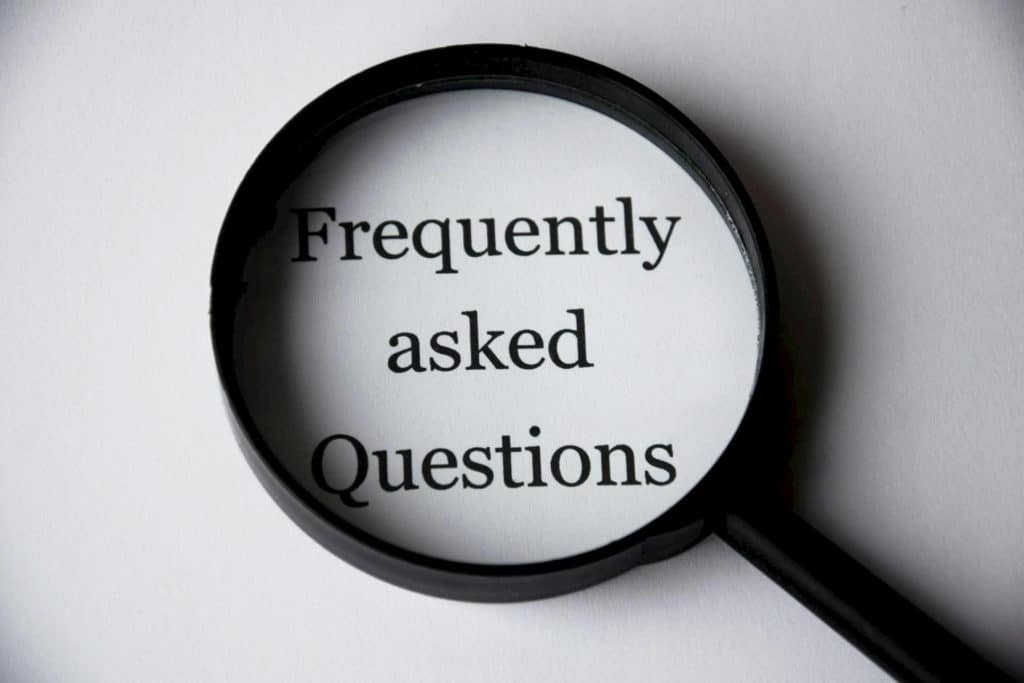
Frequently Asked Questions
-
What’s this buzz about local SEO strategies for small businesses?
Local SEO strategies are the bees knees for small, brick-and-mortar businesses! They help improve your online presence on local search engine results, driving organic traffic to your website or store.
-
How does link building fit into local SEO?
Link building is like a popularity contest in high school – the more you have, the cooler you look to Google’s algorithm. Local link building and citations from other websites boost your visibility on local search results.
-
Can meta tags and page speed influence my business’ web performance?
Absolutely! Meta tags are like name badges at a networking event – they tell search engines what your page is about. Coupled with good page speed, it enhances customer experience by providing information quickly!
-
How important is having a mobile-friendly website in local SEO strategy?
It’s as crucial as coffee on Monday mornings! With more people googling on their phones than ever before, responsive designs of mobile websites or apps can skyrocket customer engagement.
-
Does social media play any role in boosting my brand awareness locally?
You betcha! A strong social media strategy creates an online reputation that shouts louder than a town crier – attracting customers and creating brand loyalty.
-
Is there any connection between privacy and reputation management in local SEO practices?
Yes siree Bob! Reputation management isn’t just about handling bad reviews; it’s also ensuring customer data privacy which builds trust and strengthens online reputation.






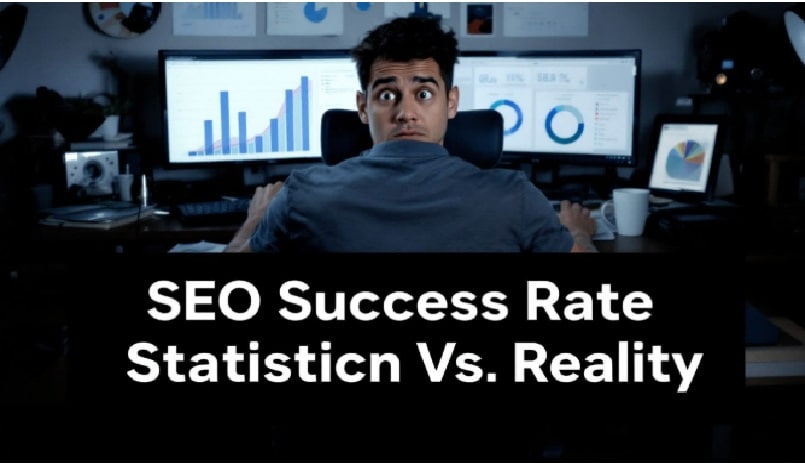

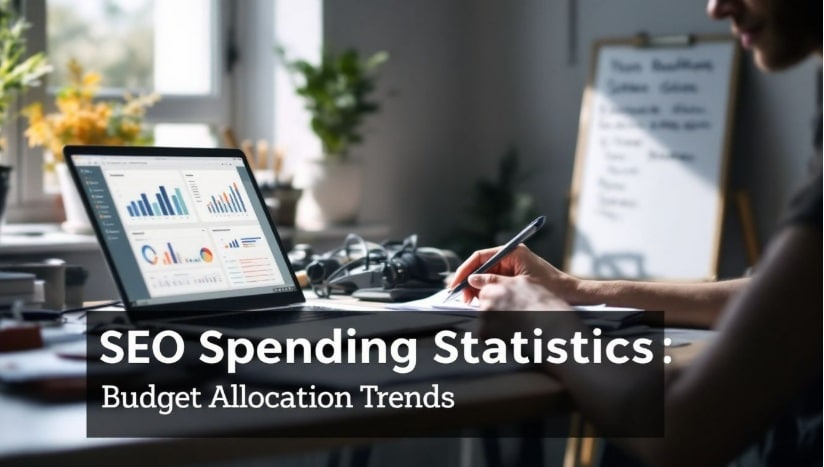

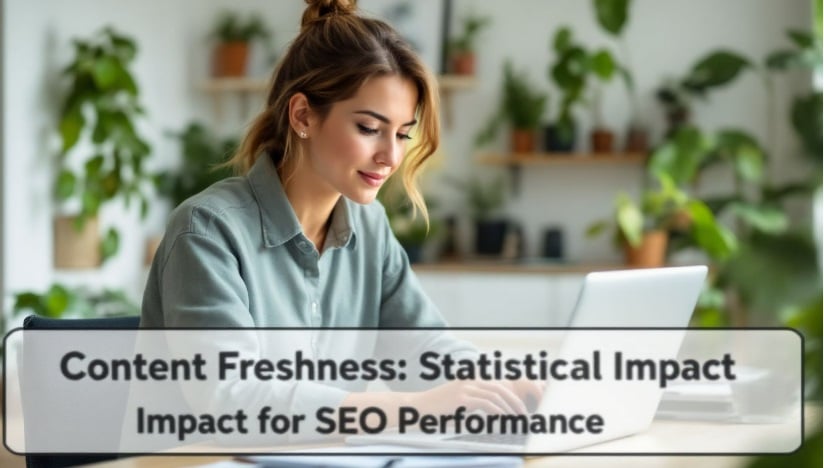
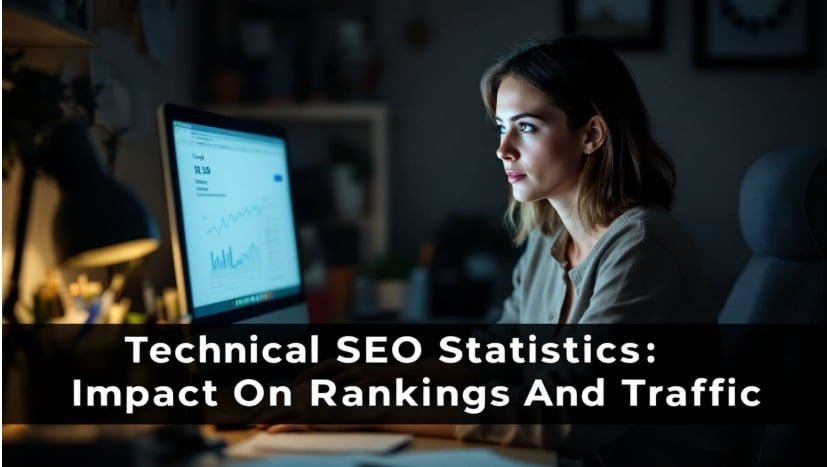
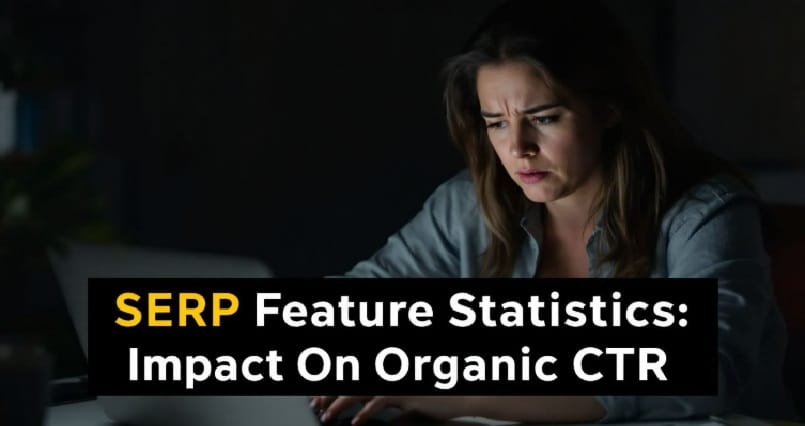




0 Comments